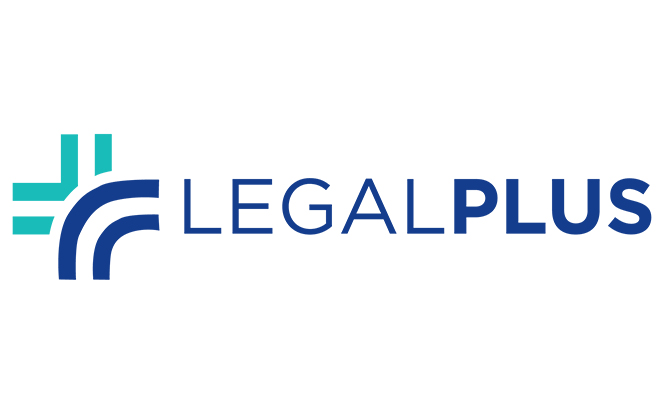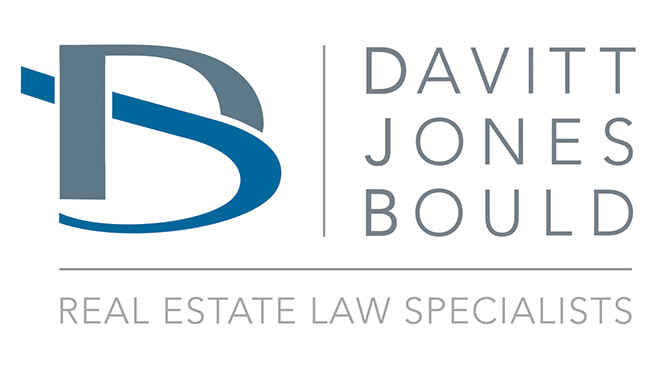
A view from the Chilean legal market
Bofill Escobar Silva Abogados is a law firm with a decade-long history, comprised of attorneys renowned for their track record…

Bofill Escobar Silva Abogados is a law firm with a decade-long history, comprised of attorneys renowned for their track record…

Mauricio Duarte from Legal Plus gives his insights into startups in Latin America, providing particular focus on the growing venture…

After a protracted and hotly contested legislative process, the forthcoming EU Corporate Sustainability Due Diligence Directive (CS3D) is set to…

From disruptive startup to a tech-enabled top 100 UK law firm, Keystone Law has grown rapidly over the last 20…

Daniel Jacob, managing partner of independent specialist London City law firm Marriott Harrison, discusses opportunities in the innovation market to…

On the face of it, things are going very well for US law firms in London. Last year, Cravath launched…

In conversation, we asked Daniel Jacob how Marriott Harrison is helping to bridge this gap working alongside international law firms…

Dominic Griffiths is London managing partner at Mayer Brown and author and consulting editor of European Securitisation: A Practitioner’s Guide…

Can you elaborate on the role of government agencies and oversight bodies in enforcing labour laws and social security regulations…

In Brazil, in October 2023, according to data from the National Council of Justice, there were 84 million cases pending…

Established in 2000, Moneypenny is the world’s market leader for telephone answering, live chat, outsourced switchboard and customer contact solutions.…

Mayora & Mayora on Honduras’ legal market and its current trends What are the key legal frameworks and regulations governing…

Yulchon LLC’s insight on the Korean Commercial Arbitration Board’s international mediation rules Among its many endeavours in arduously promoting its…

Sołtysiński Kawecki & Szlęzak on the increasing importance of dispute adjudication boards In recent years, court proceedings in Poland have…

Gün + Partners on the need to clarify the issue of application fees Under Turkish law, the rules governing the…

Stewarts on some recent developments in arbitration in the UK

Clyde & Co – Garza Tello on Mexico’s legal market and its current trends

Iro Petrou and Myria Pornari examine trends and sectors in the Cyprus disputes market

Osborne Clarke on how seriously companies should take greenwashing accusations

V&A LAW CENTER, 11th Avenue corner 39th Street, Bonifacio Triangle, Bonifacio Global City 1634, Metro Manila, Philippines | T: +632.8988.6088…